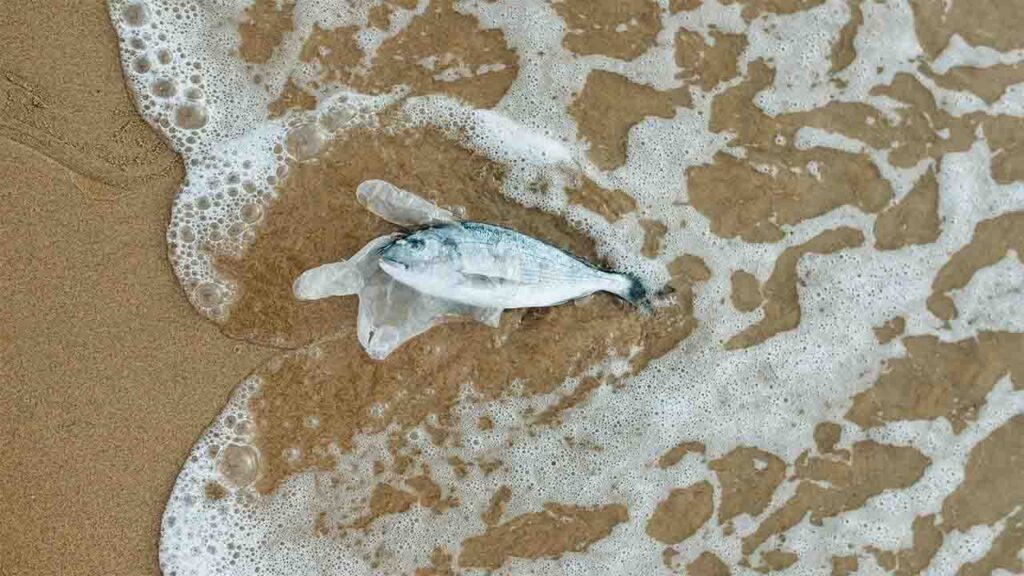Plastic is everywhere. From the playrooms to our kitchens, this convenience comes at a cost: our planet is drowning in plastic waste. Every human eats, drinks, and inhales plastic every day. It’s time to take a closer look at what plastic addiction has done and explore solutions to beat pollution.
Every day, the world is dumped with nearly 2,000 garbage trucks of plastic waste. Each year between 19 to 23 million tonnes of plastic waste seep into our aquatic ecosystems, contaminating lakes, rivers, and oceans.
The need of plastic
For all of that, plastic is undeniably essential in our lives. We depend on plastic for a lot—it’s not just about convenience. Think about it: without plastic, our modern electronics wouldn’t even exist. Plastic packaging also helps make products lighter, which saves on fuel for transportation. Not only that, most of the medical equipment needs plastic. SSo, is it possible to make plastic more sustainable?
The Threat of Plastic

The threat of plastic affects humans, animals, and the environment. Chemical additives used in plastic production can harm human health. Animals, especially marine mammals, turtles, and birds, are trapped in plastic waste or ingest it, disrupting the marine food chain. Plastic waste also pollutes the environment, affecting crop growth by blocking photosynthesis in fields.
What is Plastic Sustainability?
Plastic sustainability is about making plastic a more sustainable material. Despite efforts like recycling, we’re still seeing a buildup of plastic waste on land and in the ocean. Follow the 3R concept, the first and the primary method that we can use for sustainable use of plastic.
Reduce
To effectively reduce plastic pollution, it is crucial to decrease our reliance on plastic. This involves changing our daily habits and opting for non-plastic alternatives whenever possible. We should only use plastic when absolutely necessary.
Reuse
While plastic can contribute to pollution if not managed properly, it also has many advantages, such as its durability. Many plastic items can be reused or repurposed for different uses. Before discarding plastic items, it’s important to think about how they might be reused.

Recycle
Plastic recycling involves gathering plastic waste and processing it into new products. This helps decrease the volume of plastic in landfills and oceans.
However, it is essential to explore additional methods for achieving sustainability in plastic, starting from the manufacturing process itself.
For sustainable plastic production, we should use energy-efficient processes. This means using modern machinery, switching to renewable energy sources, and having a plan to reduce waste.
Incorporate sustainable raw materials, such as bioplastics, recycled plastics, and other environmentally-friendly options, into the production process.
Not only that, there are three types of sustainable plastics,
Recycled plastics:
These plastics are produced by recycling post-consumer plastics. Some, like PET (Polyethylene Terephthalate), can be recycled in a circular manner, allowing us to create new products like rPET bottles.
Others, such as HDPE (high-density polyethylene), are downcycled, meaning they’re turned into lower-value products. For example, HDPE grocery bags can be transformed into items like park benches.
Bioplastics
This type of plastic is made from renewable resources like corn, sugarcane, and potatoes. For example, PLA (Polylactic Acid) is derived from corn and emits 25% fewer emissions than traditional plastics.
Biodegradable plastics
Biodegradable plastics, such as PBAT and PBS, are made from petroleum-based chemicals. They contain additives that break them down when exposed to light, moisture, heat, or oxygen. These plastics are used in various products, including films, paper cups, and packaging.
As the world increasingly focuses on sustainability, there’s a growing trend towards producing sustainable plastics. While achieving 100% sustainability in plastics is challenging, making these improvements can positively impact the environment and move us towards a more sustainable future.








